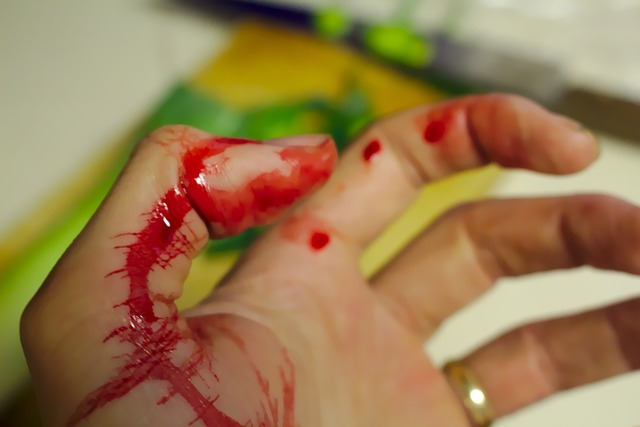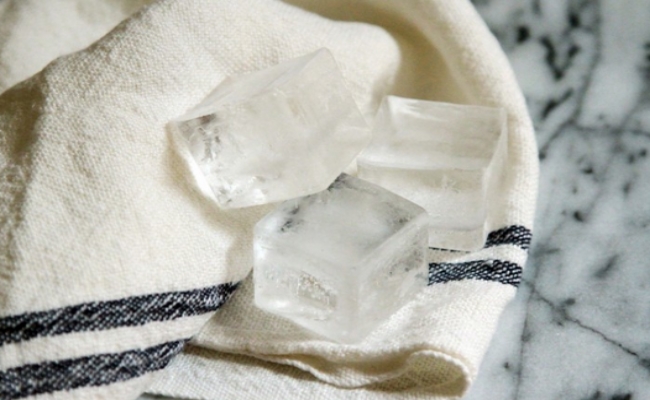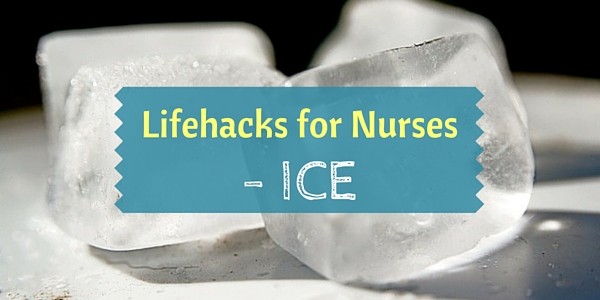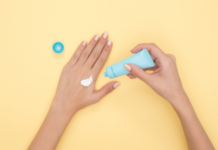Believe it or not, an ice cube can provide plenty of lifehacks for nurses. Its use doesn’t stop at relieving fever, pain or bleeding. It has many other surprising uses in making everyday nursing tasks simple and easy.
Take a look at the following ice lifehacks and try them in your next shift:
1. Mask medicine’s taste
It’s hard to give medicine to pediatric patients as they usually hate the unpleasant flavor of drugs prepared as syrups or suspensions. Trick these kids by letting them chew an ice cube first before giving their medicines.
Ice helps in numbing the tongue and taste buds. It helps in masking the taste of drug syrups or suspensions. If not contraindicated, you may also add sugar in the water when making their ice cubes so kids can better tolerate bitter-tasting medicines.

2. Lessen splinter pain
When removing a splinter, applying an ice pack on the site will help to lessen pain. This tip is especially useful for pediatric patients.
Ice provides a good numbing effect similar to topical anesthetics. Before removing the splinter, it is best to put the ice pack on the affected area for ten to fifteen minutes.
3. Soothe stressed eyes
Do your eye feel heavy and stressed? Just put a small ice pack over your eyes and relieve the heavy feeling around the orbital area.
You can also place ice cubes in a soft cloth and use it as your ice pack for ten to fifteen minutes. This trick helps in relieving tension headache or if you’re just tired and worn-out from duty.

4. Easier nasogastric tube insertion
It’s easier to insert a silicon-type nasogastric tube by soaking it first in ice cold water for ten to fifteen minutes. Silicon-type nasogastric tubes are soft and flexible. Once soaked in ice cold water, the nasogatric tube becomes rigid and it will be easier to insert into the nasopharynx.
5. Resolve urinary retention
Applying ice packs alternately with lukewarm-soaked gauze over the suprapubic region is helpful in resolving acute urinary retention among post-operative patients.
Some nurses also alternately use ice packs and hot water bags over the suprapubic area to encourage urination. This trick helps in preventing post-operative urinary retention to reduce the need for urinary catheterization.
6. Stop bleeding
One of the most common lifehacks in all households, just apply an ice pack over the affected area for fifteen minutes every hour until bleeding stops. This trick is also helpful in decreasing bruises in banged parts of the body.

7. Keep off stain
Keep scrub suit stains at bay by rubbing an ice cube over stains. The ice cube helps in loosening up the stain from your scrub suit’s fabric so it will be easier to wash off with soap and water.
You can easily do this trick while charting so that afterwards, you can just have a quick 2-minute break to wash your stained suit in your area’s sink.
Also Read: 25 Life Hacks Every Nurse Should Know
Tips in Using Ice in Nursing Care
1. Wrap the ice in a cloth – Ice, if applied directly to the skin, can cause burn or frostbite. Do not apply ice cubes directly to the skin. Wrap the ice in a soft cloth and use it as the patient’s ice pack.

2. Rub a small amount of oil over the skin area where the ice pack will be used – Ice can alter the skin integrity so for protection, it is best to apply a small amount of oil in the skin before ice pack application.
The oil provides a thin film-like protection over the skin cutting down the risk of developing burns or frostbite. Just make sure that the skin is intact and free from cuts before applying oil.
3. If the skin is broken or if there are wounds/stitches in place, wrap the skin in a plastic bag – This trick prevents the broken skin from getting wet while using the ice pack. Make sure that the plastic bag is clean or if possible, it should be sterile to prevent development of infection. Using a cling wrap in lieu of plastic bag is also helpful.
4. Assess the patient’s skin frequently – When using ice packs, always assess the patient’s skin frequently to determine presence of impaired skin integrity. If the skin where the ice pack has been used appears bright pink or red, remove the pack immediately and reassess after an hour.
5. Ice can be left on skin for a maximum of thirty minutes – There is no known benefit in leaving the ice pack over the skin for more than thirty minutes. Ideally, it should only be used for ten to fifteen minutes.
Also Read: 15 Life Hacks Every Nurse Should Know (Part 2)
These ice lifehacks for nurses are great tricks in making daily nursing life easier. There are even more nursing lifehacks around as nurses are naturally resourceful when maximizing the nursing care they are doing for their patients. Ask you older colleagues about them and you’ll be surprised at how easy a nursing task can be simply by using nursing hacks.



















